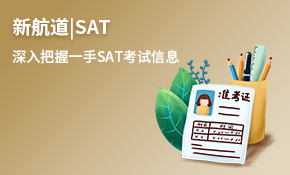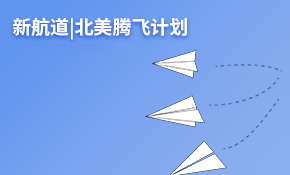托福口语:TPO23Task6题目文本及答案实例解析
托福考试备考过程中所用的最多的而且是必须使用的材料就是TPO,口语在托福考试中是比较难取得高分的,为了帮助考生在托福口语考试中取得理想的成绩,南京新航道将对以实例来分析托福口语TPO,如对题目的份,答题思路的问题以及范文的分析,内容如下,考生可做参考。
托福口语TPO23task6题目 Listening Part:
Listen to part of a lecture in a biology class.
(female professor)
Now, plants, like animals, and like us for that matter, need nutrients, substances that provide nourishments, to survive, thrive and grow. We get our nutrients from the food we eat. Plants, though, most plants anyway, absorb their nutrients from the soil, right, through their root systems? OK, but there are plants that don’t get their nutrients from the soil. The places they grow the soil is bad. So they get their nutrients from insects instead, from trapping and digesting insects. They are called carnivorous plants.
Carnivorous plants capture insects in different ways. They have different trapping mechanisms: active traps and passive traps. A plant with an active trap, a good example is the Venus flytrap. The Venus flytrap actually moves to capture its prey or parts of it anyway. Its leaves, it has special leaves that are hinged in the middle the two halves of the leaves open and close sort of like a mouth to catch insects. And on these leaves is a sweet nectar that attracts insects. Insects like the sweet stuff. And when they get lured in and land on the leaf, wham! The leaf springs shut. It’s an active trap. And the insect springs it so to speak. Th e leaf quickly closes to form a little cage, trapping the insect between the leaves. The Venus flytrap is then able to digest the insect and get its nutrients.
But other carnivorous plants, their methods are passive. They don’t have any moving parts to trap things. They have passive traps, like the sundew plant. The sundew plant also produces a sweet nectar that attracts insects. Its leaves are full of little hairs that secrete sweet substance. But what happens when insects land on sundew’s leaves to get the sweet nectar? Well, unfortunately for the in sects, the hairs on the leaves also produce a super sticky glue-like substance. So an insect get stuck and can’t fly away. It basically get glued there allowing the sundew to digest it and absorb nutrients.
托福口语TPO23task6题目 Question:
Using the example of the Venus fly trap and the sundew, describe two ways that carnivorous plants get their nutrients.
托福口语TPO23task6范文:
In the lecture,the professor talks about two ways carnivorous plants capture insects. The first way is active trap. For example, Venus fly trap has some parts that can move to catch the prey Its leaves are hinged in the middle and the two parts of theleaves look like a mouth. Also its leaves have sweat nectar on them to attractthe insects. When insects are attracted by the nectar and land on the leaves,the leaves spring shut and form little cages. Then Venus fly trap can digest the insects and get nutrients. The second way is passive trap. For example, the Sundew plant has no moving parts. It also has sweet nectar on its leaves. But its leaves are full of little hairs. When insects land on the leaves, hairs can produce super sticky glue substance. So the insects get stuck on the leaves and then Sundew plant can digest the insects and absorb nutrients.
南京新航道学校提供专业的雅思培训、托福培训、GRE培训、SAT培训、ACT培训、剑桥青少英语培训等,帮助广大学子“用英语点亮人生”。
新航道致力于帮助学生提高英语能力,决胜雅思、托福、SAT、ACT、GRE等出国考试,分享励志成长、英语学习、考试信息、留学动态,尊重英语学习!南京新航道官网微信号:xhd-nanjing.
新朋友关注方法:
1、添加微信号:xhd-nanjing
2、二维码关注:保存图片——打开微信扫一扫——从相册选择二维码
















